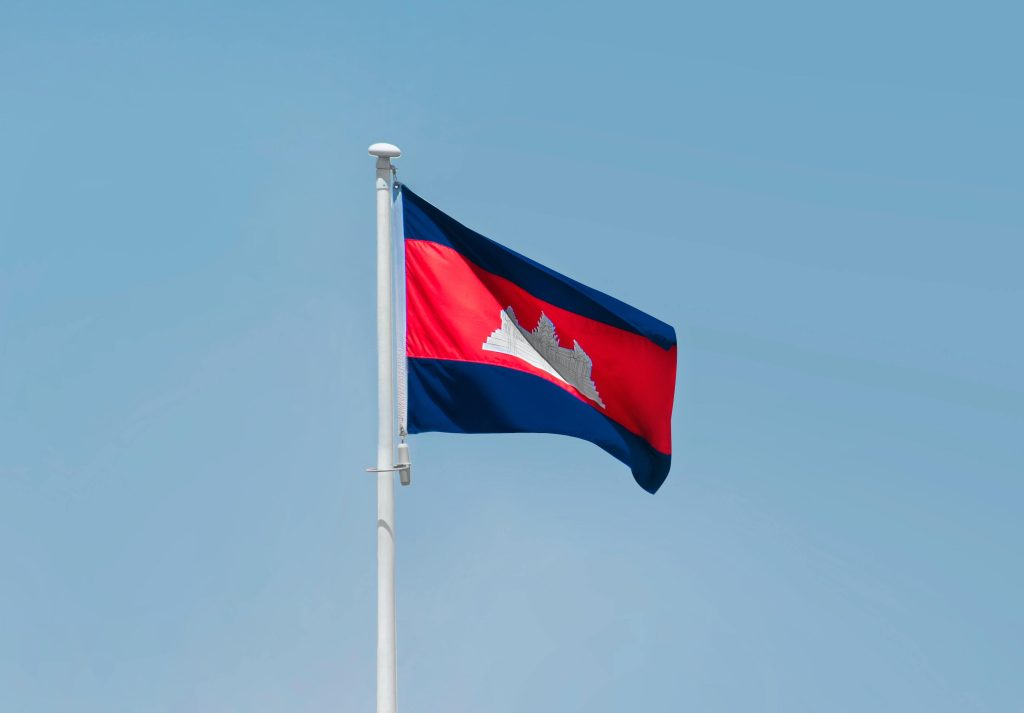Cambodia's energy minister, Keo Rottanak, disclosed plans to mitigate the fluctuating output from the country's hydropower resources by expanding solar projects and initiating electricity imports through regional grid interconnections. Speaking on the sidelines of the Singapore International Energy Week, Rottanak emphasized the importance of diversifying fuel sources due to the increasing weather-related disruptions impacting hydropower,
To continue reading this article, please subscribe:
Monthly PlanPrice: $30 / month Features:
|
Annual PlanPrice: $300 / year (Save 17%) Features:
|
Already a subscriber? Log in here:

